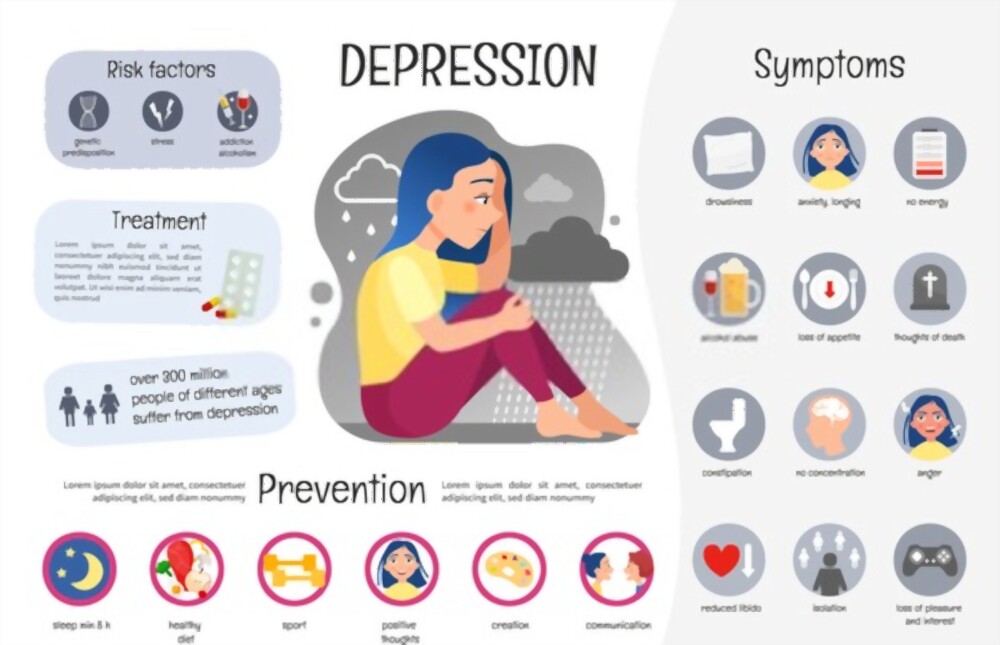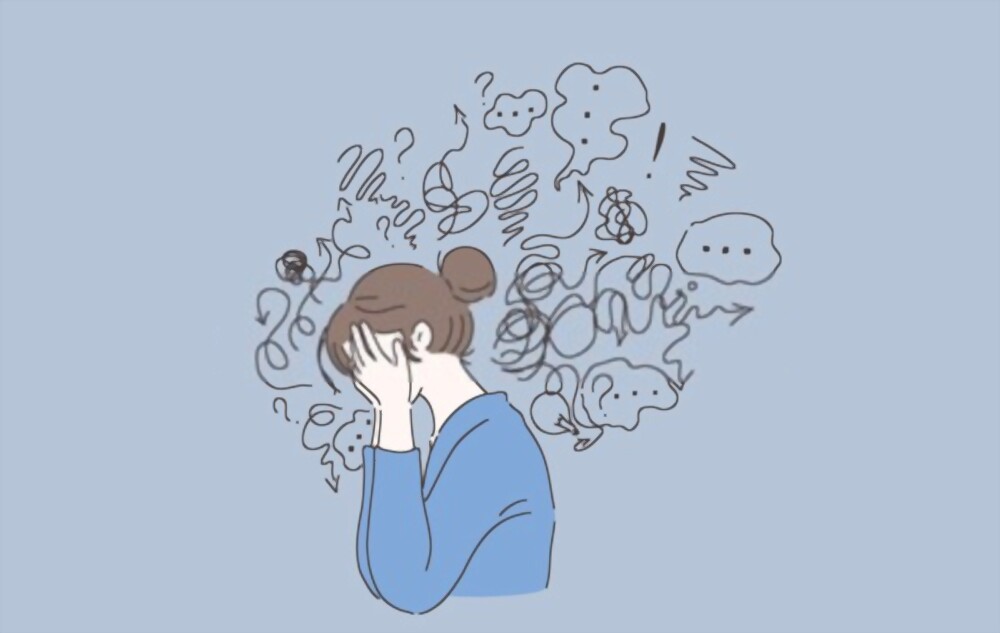Introduction-
Depression is now increasingly common illness worldwide. It may become a serious health condition, if long lasting and of moderate to severe intensity.Moreover, It can cause the affected person to function poorly and at worst can lead to suicide.
However, About nearly 60% of people with depression do not seek medical help. A lot of individuals feel that the stigma of a mental health disorder is not acceptable in society and consider it to hinder both personal and professional life.
Causes of depression-
Depression has a multi factorial etiology. It does not result from a single event, but from a combination of lifestyle factors .
- family histories of depression increases the risk to 3fold.
- Presence of genetic factors
- Neurodegenerative comorbidities and diseases-these include stroke, parkinsonism, cancer, multiple sclerosis, alzheimers, etc
- Life events act as triggers for the development of depression.
- Environmental factors such as violence, neglect, abuse.
- Traumatic events in ones personal life such as death or loss of a loved one, lack of social support, caregiver burden, financial problems, etc.

Symptoms of depression-
Depression leads to a feeling of sadness which may or may not be accompanied by a loss of interest in activities once enjoyed. It can lead to a variety of emotional and also physical problems. It can also effectively hamper and decrease the persons ability to function at work and at home.
The symptoms can include:
- Feeling sad
- Loss of interest
- Changes in appetite
- Trouble falling asleep or sleeping too much
- Loss of energy
- increased fatigue
- Increase in purposeless activity
- slowed movements or speech (observable by others)
- Feeling worthless
- A feeling of guilt
- Difficulty thinking, concentrating or in making decisions
- Suicidal thoughts
Symptoms may range from mild to severe.
Types of depression-
- Disruptive mood dysregulation
- Major depressive disorder
- Persistent depression
- Premenstrual depression
- Depressive disorder due to presence of another medical condition
Treatment options
Treatment can be widely classified into:
- Pharmacological
- Psycho-social
Psychosocial includes:
- a. Cognitive behavior therapy(CBT)
- b. Problem solving therapy (PST)
- c. Exercise
- d. Socialization
Exercise and depression-
Evidences suggest that exercise has been shown to benefit patients with anxiety and also with depressive symptoms.
When performing exercises, our body releases endorphins from the pituitary gland which are responsible for pain relief and for improving mood. These endorphins can also lower cortisol levels.
Exercise increases the sensitivity of serotonin in the same way antidepressants work.
Exercise is an excellent option for treatment when taking anti-depressants is not an option.
An exercise program must however be continued on a daily basis to achieve results.
Also read- https://vcurehealthcare.com/exercise-and-its-impact-on-sleep/





